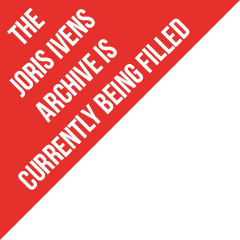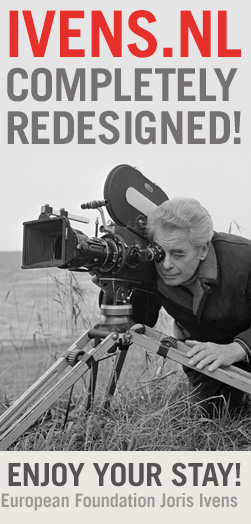

Name curator: Alisa Lebow
Name artist: Jasmina Metwaly
Title of the work you have chosen: Remarks on Medan (#haiku)
Year of production:
Format: 16mm
Read about the film and the curator down here:
About the curator
Alisa Lebow is a documentary filmmaker, scholar, and writer. She holds a doctorate in Cinema Studies from New York University. She currently teaches both undergraduate- and graduate-level courses in film studies at the University of Sussex, UK, and conducts research that explores the intersection of the aesthetic and the political in documentary film and related media. She has written extensively on first person film as a culturally and ideologically imbricated practice of identity production. She is intrigued by the intersection between practice and theory, and her most recent work attempts to perform film studies intermedially. Alisa is originally from NY and currently lives in London.
Alsie Lebow organized 'The Poetics and Politics of Documentary symposium' in 2017 at the Attenborough Centre for the Creative Arts, University of Sussex, .
About the film and the filmmaker
I would like to propose several very short ‘haiku’ videos by artist/filmmaker Jasmina Metwaly, made during the height of the Egyptian Revolution. Remarks on Medan is a one hour cycle of 12 5 minute videos, which comprise a type of video meditation on the occupation of Tahrir Square. Some of the videos are on Vimeo.
These shorts are the antithesis of activist media, made by an artist who was also an activist media maker. It is as if, in order to remind herself that she was still an artist, and not simply a video activist, she had to make these quiet meditations that notice patterns, oblique views, shadows and abstractions where the activist media sees political realities and facts on the ground. A haiku is a very strict, formally structured, poem with absolute parameters that cannot be broken. These videos are perhaps less formally stringent or consistent except in their length (e.g., some have sound, some don’t), and the rules that do bind them do not necessarily correspond to the same logic of the written haiku. They do make a nod to the 5/7/5 syllabic structure, in that each is 5 minutes long and their are 12 of them (12 being the sum of 5 + 7). And like the traditional written version, they do all indicate place and time, preferring allusion to direct communication. They also visualise in ways that allow us to see things differently. In the video simply known as #Haiku for instance, there is an extreme high angle shot looking down on a pattern of bodies, which turns out to be hundreds of men praying during the occupation of Tahrir. The move in sync, even though we don’t hear their prayers. Without any audio, they simply appear to be moving like a wave, completely choreographed and in time with one another. We understand the prayer service is being held during the occupation of Tahrir Square mainly because so many men are kneeling on either newspapers or the Egyptian flag, in a clearly improvised service out in the street. The ubiquity of the flag reminds us of the tremendous civic engagement, and yet its repurposing as a prayer rug simultaneously imbues it with a religious aspect while contradictorily making it a less than sacred cloth, one that can be placed on the pavement and kneeled or stood upon. Certainly for a western viewer those are actually sacrilegious uses of that particular symbolic banner. None of this would have made itself nearly as apparent had this footage been incorporated in a more news oriented context. It is the steady, unwavering gaze, that lingers on the image far longer than a traditional documentary shot, that admits for such rumination.
Similarly, the video entitled #Metro Vent is another meditation on the flag, this time functioning as a screen or a veil, hiding what lies both behind and in front. Behind it seems to be several men, discussing and gesticulating passionately, and in front is a very loud fan that is causing the flag to wave, though not in a way we are accustomed. It’s more like a billow than a wave. But the flag is also, as I say, a screen, upon which shadows are projected, reminding us of the excessive mediation of the events in the square, even while the video refuses to admit those images. Just as #Haiku, the deceptively simple structure holds these paradoxes almost effortlessly, and allows the viewer to linger on the image long enough to be rewarded with such complex associations.
The series is extremely unusual for the time, when there was such a rush to represent the activities of the Egyptian Revolution, that barely anyone actually paused to look. Metwaly is a unique artists who could both be active in political documentary making of that time, and still look to the side of all the activity, to see and reveal, in some sense, so much more.
Alisa
